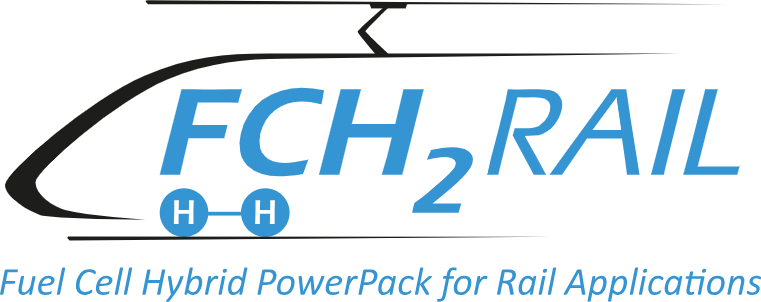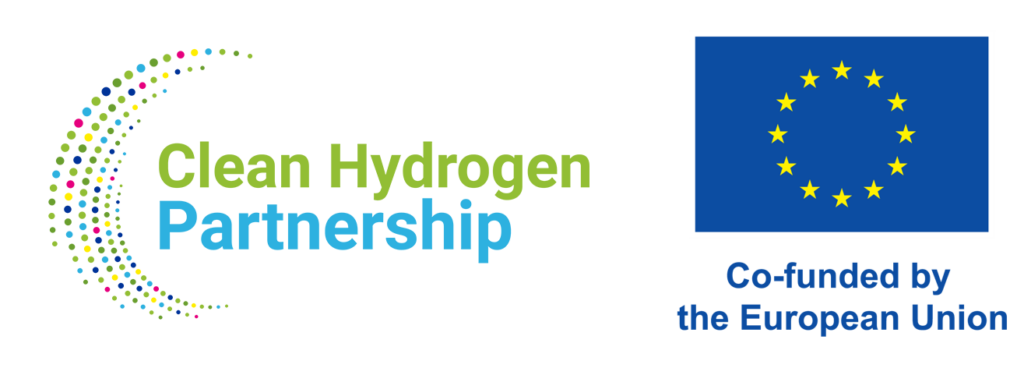Since the launch of the FCH2RAIL project in January 2021, important steps have been taken towards the bi-mode fuel cell hybrid train demonstrator.
In WP1 – Generic FC Train Requirement Specifications and Concept the relevant use cases for hybrid bi-mode vehicles have been analysed. As a result, the high-level requirements for the hydrogen train and its operation, covering the vehicle and the infrastructure, have been defined. Moreover, the hydrogen refuelling and storage requirements for rail vehicles have been gathered. The results have been published in the public deliverables D1.3 Report on generic requirements for bi-mode fuel cell hybrid trains and D1.5 – Hydrogen refuelling and storage requirements for rail vehicles. Both deliverables are public and available here.
WP2 – FC powered Train Demonstrator, Architecture and Concept focuses on the integration of the Fuel Cell Hybrid Powerpack (FCHPP) in the demonstrator train. It started with the generic requirements developed in WP1 and adapted them to the CIVIA train that is used as a demonstrator in the project. The demonstrator use cases and performance requirements have been identified and the feasibility of the FCHPP integration in the train demonstrator has been evaluated. The results of these tasks have been documented in the deliverable D2.1 – Requirements Specification for a Bi-mode FCH Multiple Unit.
In parallel, WP 3 – FC Hybrid Powerpack Development is advancing in the definition of the modular and scalable FCHPP. The project team started to carry out the technological development of the different critical subsystems of the FCHPP. Until today, WP3 has developed a scalable and modular architecture for the FCHPP and defined the interaction and interfaces between the main subsystems (fuel cells, hydrogen storage, energy storage and high voltage DC/DC converters) together with the main functions. Deliverable D3.1 – FCHPP architecture, interfaces and functions has been finalised and submitted to the EU Funding and Tenders Portal at end of June.
The aim of WP7 – Normative Framework is to develop the fundamental basis of a normative framework for the use of hydrogen technology in different kinds of railway applications across Europe. In order to generate the necessary momentum in the railway community, the so called WP7 network with external standardisation experts has been formed. In WP7 the important milestone MS7.1 – Critical interfaces with stakeholders has been achieved at end of September. This milestone depicts the critical interfaces between the hybrid fuel cell train and the stakeholders involved from construction to operation. It is shared with the experts in WP7 network and with the members of FCH2RAIL Advisory Board.
Last but not least the safety management for the project, located in WP9 – Project Management, created the deliverable D9.3 Safety Plan Draft by end of April. It describes the safety management for the complete FCH2RAIL project and establishes the safety processes. These safety processes will assure that the train and hydrogen refuelling station developed in the project comply with the requirements defined in the European safety management framework. The safety plan was shared with the European Hydrogen Safety Panel (EHSP) and will be continuously updated during the project lifetime.






